Unsold spectrum causes a loss of INR 5.4 Lakh crore in India's GDP
By MYBRANDBOOK
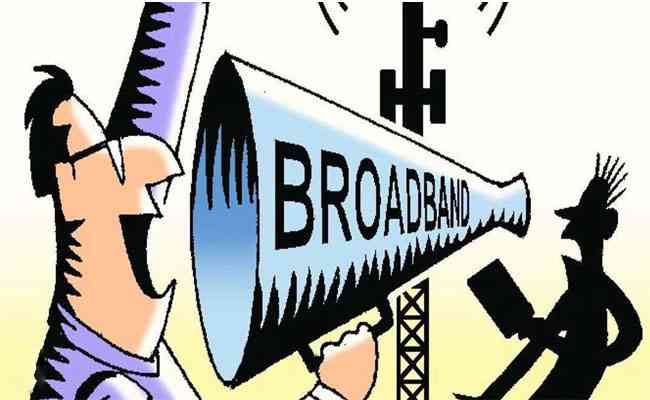
Broadband India Forum (BIF) has highlighted that as a result of legacy issues, which includes unreasonably high reserve prices in previous auctions, India has incurred approximately INR 5.4 lakh crores (around US$ 756 Billion) in economic losses. Every unsuccessful mobile spectrum auction has severe implications not only in terms of spectrum remaining unsold but also in terms of valuable economic benefit lost as a result of this unsold spectrum remaining idle.
In the last auctions held in October 2016, which was India’s largest spectrum sale, more than 1300 MHz of radio spectrum (approximately 59%) remained unsold, leading to significant unrealized potential. Taking all the six auctions held since 2010 together, only about 60% of the spectrum put up for auction has been sold. Adopting a conservative approach, India had 762 million active mobile connections in 2016, served by over 3800 MHz of spectrum allocated to licensees. This indicates that the idle spectrum with government could enable connectivity for roughly 278 million additional active connections. 278 million active connections correspond to 21% of the total Indian population. If 10% increase in tele-density leads to an increase of 1.9% in GDP (applying the results of the ICRIER India specific economic impact study), the financial cost of this idle spectrum can then be estimated to be INR 5.40 lakh crores, or over 160% of the financial benefit of INR 3.30 lakh crores from all spectrum auctions so far.
The socio-economic relevance of the technology and of such a figure is significant, especially for a nation like India, which is aspiring towards a Digital India paradigm. It is also important to take note that this estimated increase in national GDP is over and above the increase that accrues to the national exchequer in exchange for the rights to use radio spectrum. Due to our very high reserve prices in past auctions, we have accumulated huge unsold spectrum and thereby lost to the nation and the public as much as INR 5.40 lakh crores and consumers have lost out on quality of services.
Economic Value Lost Due to Spectrum Lying Idle
TV Ramachandran, President, Broadband India Forum, shares, “We have maintained that spectrum’s greatest value comes through its usage, rather than from the direct short-term revenues accrued through its sale. One must note that spectrum price in India is inarguably the single most important factor that can translate the auction into a success or failure. However, the true purpose of setting a reserve price for spectrum is to deter non-serious players from participating in the auction, but at the same time, ensuring a rational price point be offered, so as to enable discovering a vibrant realization of the true market price, and successful participation from committed companies. This purpose should not get mislaid in the pursuit of short-term financial gains.”
Moreover, the quantum of 5G spectrum that has been allocated for the upcoming 5G spectrum auctions is not enough for a country of India’s size and density. The amount of spectrum being made available for 5G in India is 175 MHz, which is almost half of the USA. Additionally, the present 5G Reserve Price (3.5 GHz band) at INR 492 crore/MHz is also significantly in deviation with international norms. In absolute terms, the recommended reserve auction price is 5 to 6 times higher than other countries. Instead of just comparing the absolute prices, we need to look at the same relatively and compare them on the revenue generating potential of spectrum in different countries, i.e. in terms of ARPU adjusted USD cost per MHz per population, which is considered a more appropriate benchmark for Telecom for country wide spectrum price comparisons. 5G spectrum price in India is about 4 times higher than in UK and South Korea in terms of ARPU, and 8-9 times more than in Spain and Finland. On an average, India 5G Spectrum Price is 4 times higher as compared to other countries. Both these problems pose a significant challenge to the efficient and effective 5G uptake in the country going forward.
BIF believes that some of the fundamental issues facing the telecom industry are yet to be addressed in this context, including:
· No real discovery of market price in past auctions
· Continuously rising Reserve Prices
· Reserve Price calculation methodology does not rely much on fresh valuation
· Basis of valuation models is unclear
· 700 MHz price: calculation error and outlier effect
· 5G reserve price too high and way out of international norms
It should be noted that even the Indian Council for Research on International Economic Relations’ (ICRIER) independent report has concluded that the TRAI recommendations and the auction design/rules need to be reviewed.
Stakeholders need to assess the current situation with regards to spectrum auctions not just in the context of pricing but also availability. India requires more spectrum to support surging data traffic. India now has the highest data traffic in the world, but has one of the lowest spectrum allocations therein. Many developed nations across the world have assigned spectral resources far in excess of the quantum that is available to Indian operators. India has 175 MHz of spectrum, much far behind 370 MHz in the United States, 296 MHz in France and 260 MHz in China. For a country with a large population, highly inadequate fixed line connectivity and rapidly growing mobile usage, this is an enormous problem that constrains the coverage as well as quality of services.


Nazara and ONDC set to transform in-game monetization with ‘
Nazara Technologies has teamed up with the Open Network for Digital Comme...

Jio Platforms and NICSI to offer cloud services to government
In a collaborative initiative, the National Informatics Centre Services In...

BSNL awards ₹5,000 Cr Project to RVNL-Led Consortium
A syndicate led by Rail Vikas Nigam Limited (abbreviated as RVNL), along wi...

Pinterest tracks users without consent, alleges complaint
A recent complaint alleges that Pinterest, the popular image-sharing platf...

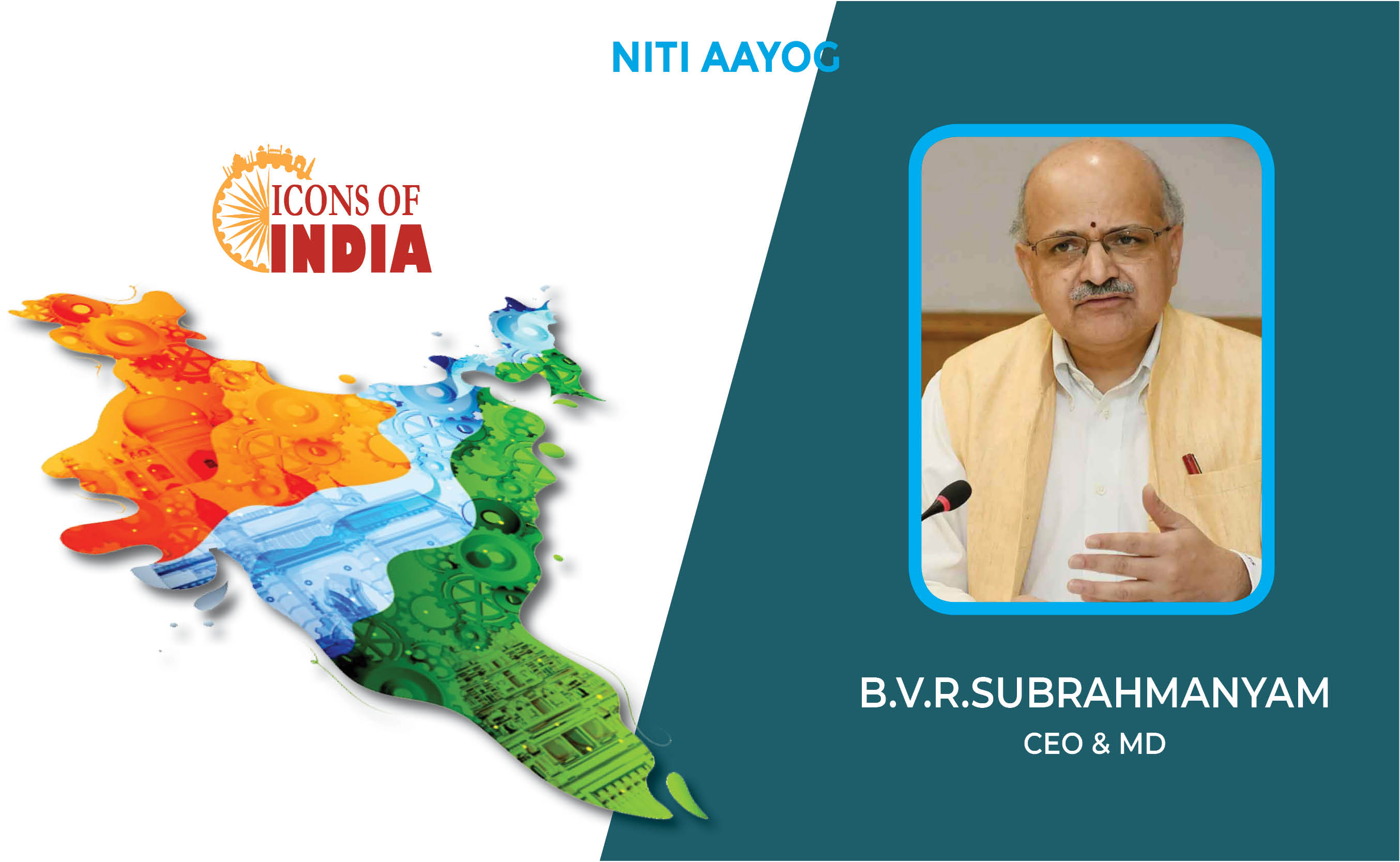
Icons Of India : B.V.R. Subrahmanyam
A 1987 batch (Chhattisgarh cadre) Indian Administrative Service Office...
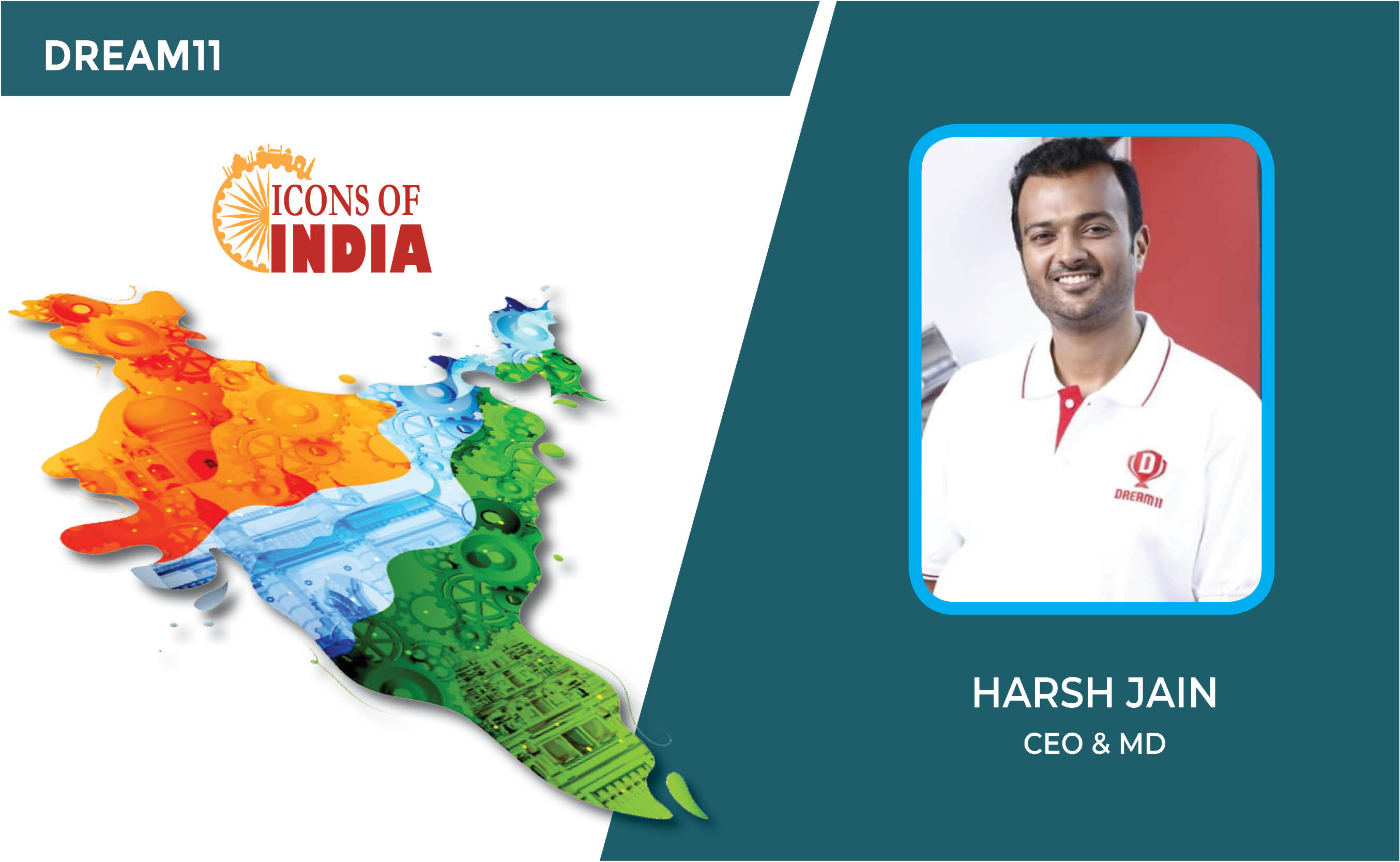
Icons Of India : Harsh Jain
Harsh Jain, the co-founder of Dream 11, the largest fantasy sports web...

ICONS OF INDIA : ROSHNI NADAR MALHOTRA
Roshni Nadar Malhotra is the Chairperson of HCLTech, a leading global ...

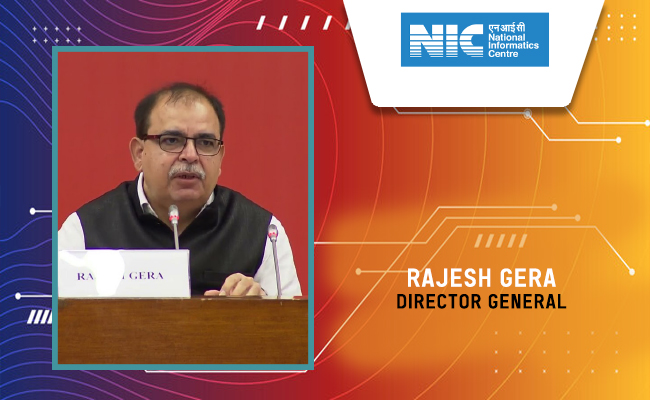
NIC - National Informatics Centre
NIC serves as the primary IT solutions provider for the government of ...

CERT-IN - Indian Computer Emergency Response Team
CERT-In is a national nodal agency for responding to computer security...

ECIL - Electronics Corporation of India Limited
ECIL is distinguished by its diverse technological capabilities and it...


Indian Tech Talent Excelling The Tech World - Steve Sanghi, Executive Chair, Microchip
Steve Sanghi, the Executive Chair of Microchip Technology, has been a ...

Indian Tech Talent Excelling The Tech World - ANJALI SUD, CEO – Tubi
Anjali Sud, the former CEO of Vimeo, now leads Tubi, Fox Corporation�...
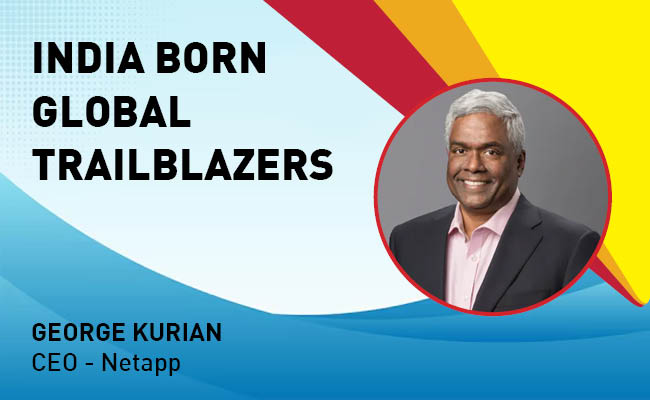
Indian Tech Talent Excelling The Tech World - George Kurian, CEO, Netapp
George Kurian, the CEO of global data storage and management services ...